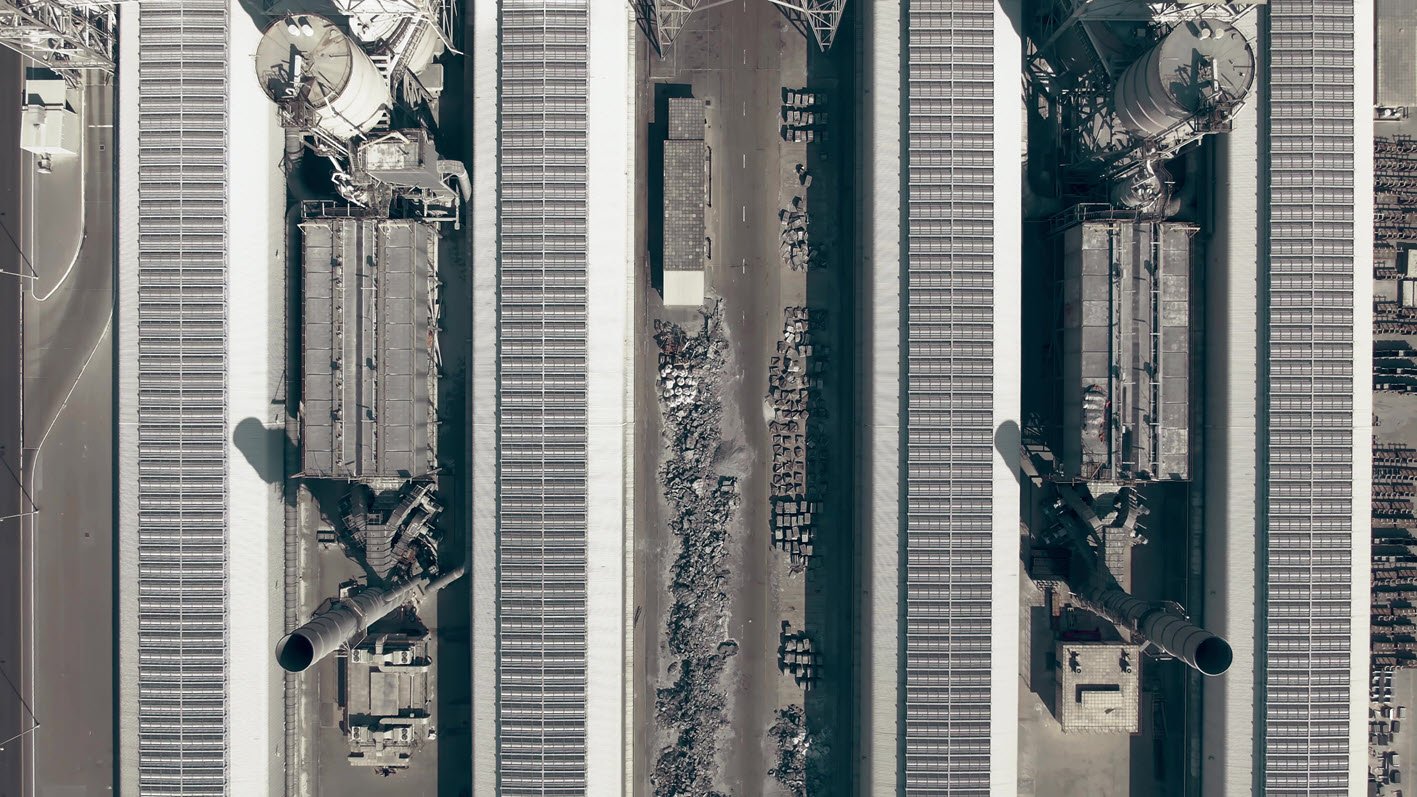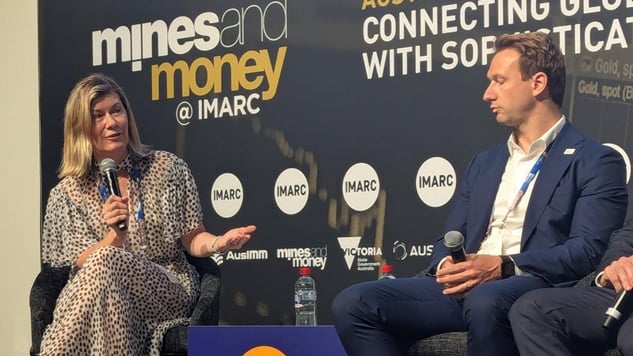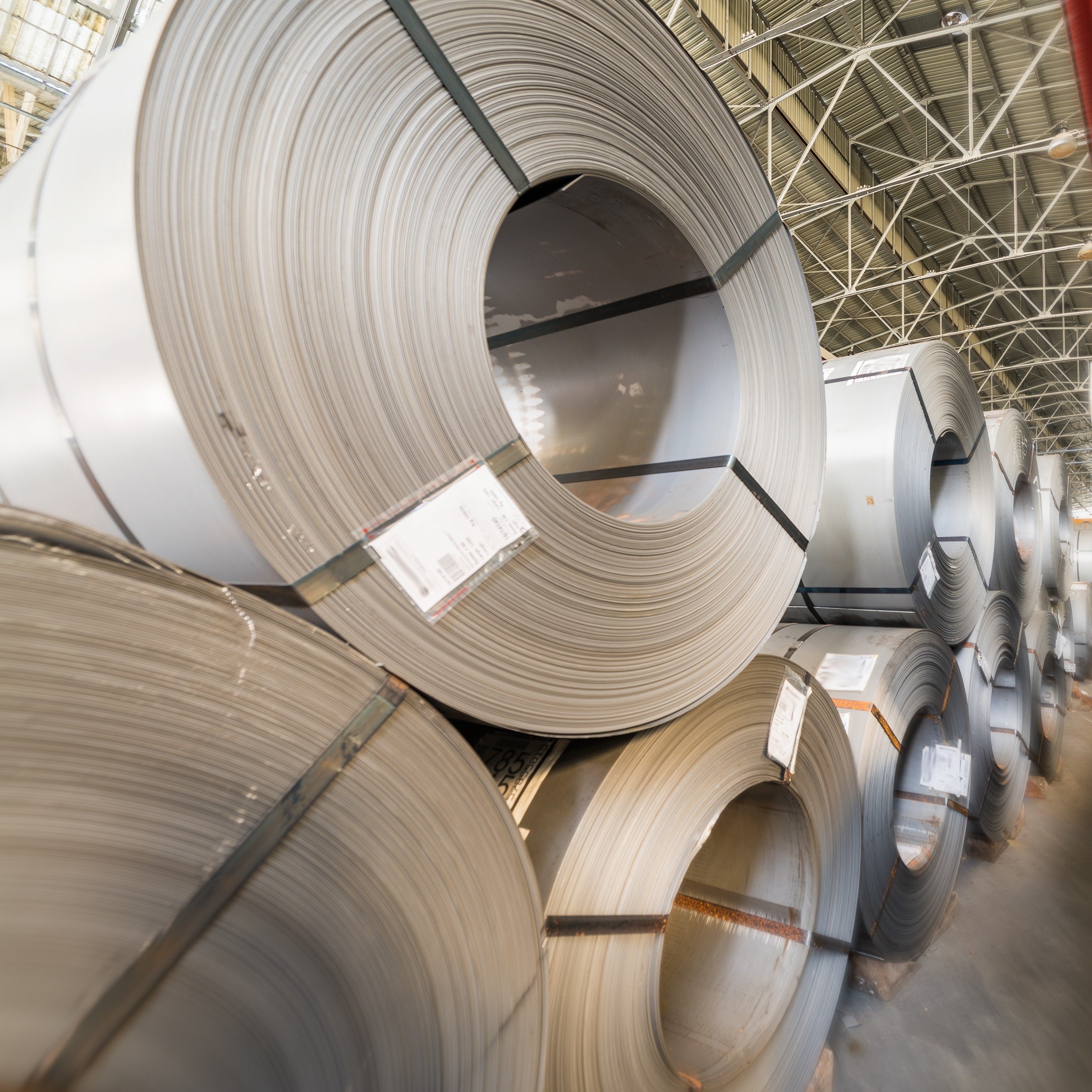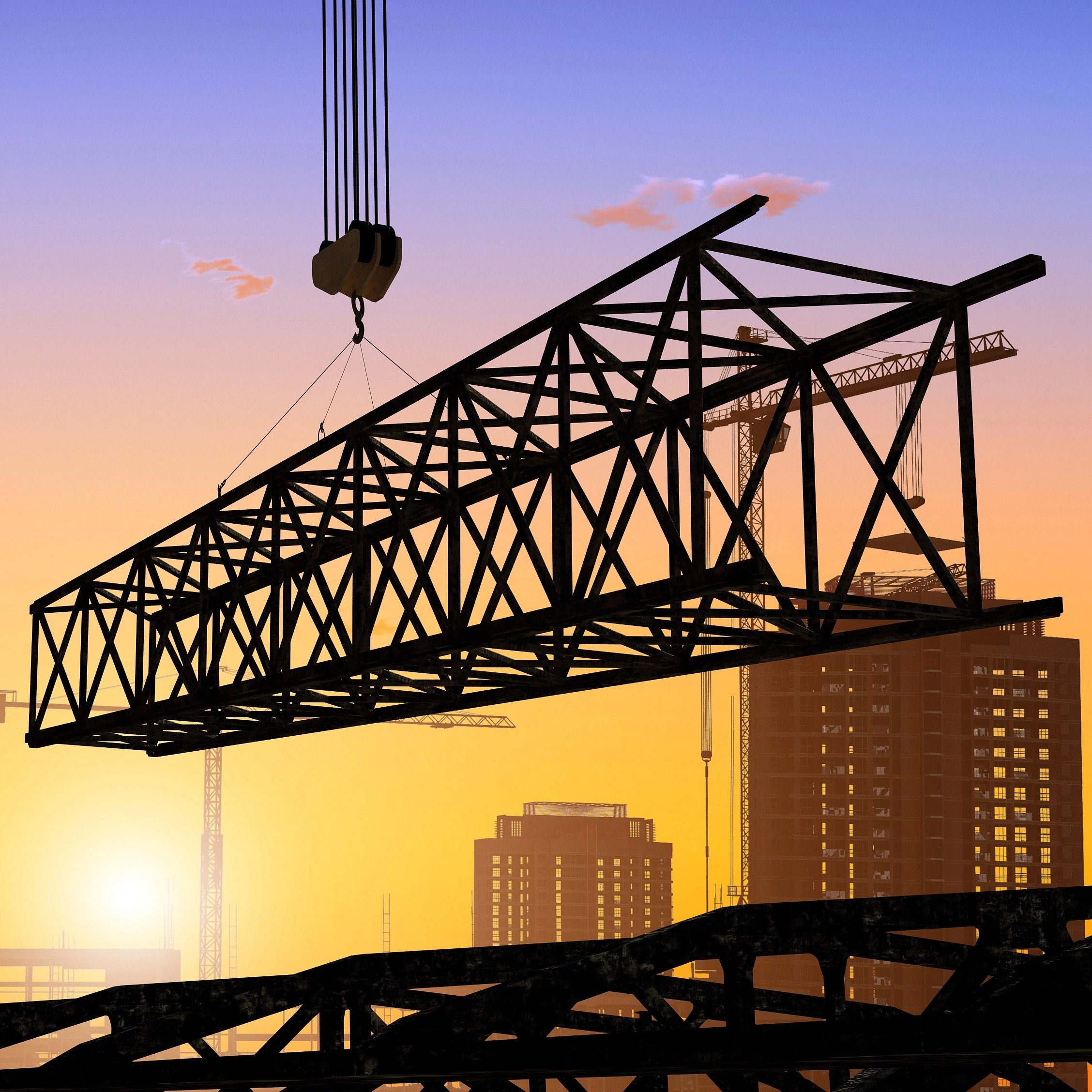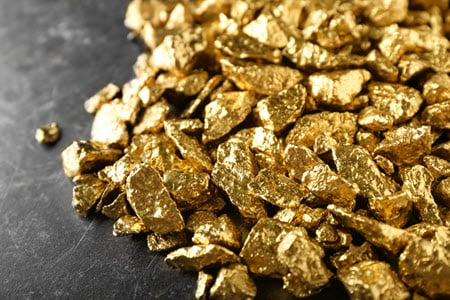Financing the Future of Metals: Part 1
Commodity markets have entered a new era. The decades-long period of Chinese construction-led growth has ended. Investments are increasingly driven by geopolitics, electrification and technological developments. China is looking outward, which is changing metal supply chains and the industries they support. Many other governments are looking to localise production and reduce reliance on China, compounding this change.
The pace of technological development is rapid, creating winners and losers. We only need to look at the state of flux in automotive markets and energy systems to see how rapidly change is happening. Yet, the material-intensive technologies of tomorrow will not look exactly like those of today. Material efficiency (thrifting), technological shifts and substitution are all key risks.
Getting the balance right between risks and returns is difficult. Some investors will conclude other sectors offer higher returns on a risk-adjusted basis. However, commodity value chains are strategically vital – they are the building blocks of much of the economy and enable technological change. Owning or controlling them brings geopolitical power and supply chain security. Metal market investments will be increasingly viewed through this lens.
China's dominance in the global metals supply chain is a result of a multi-decade strategic plan and pressing macroeconomic necessities, which drove massive investments both domestically and internationally. If western governments want to catch up, then long-term policy stability is needed, but often this does not survive successive governments. Metal market investments require long-horizon planning – for producers, consumers and investors, navigating this landscape increasingly requires balancing long-term vision with new policy and technology risks.
The new forces rewriting commodity demand
Governments are reprioritising economic security over efficiency, fundamentally altering investment flows and supply chains, and creating new ones. This shift extends far beyond the energy transition. While electric vehicles and renewables remain important, technological change now includes robotics, automation, data centres and AI infrastructure, each with distinct material requirements that need to be captured in forecasts.
Geopolitical tensions are redrawing the map of who invests what and where. For example, defence spending is increasing across major economies, and supply chain security is in focus. Climate change will also increasingly alter the nature of economies and investments; spending on both mitigation and adaptation will need to scale massively. Consequently, industrial production as a share of global GDP is set to rise for the first time in decades.
Technology shapes commodity markets
Technological innovation is fundamentally reshaping commodity markets and the sectors that depend on them. The automotive industry, for instance, is very different from only a decade ago. Similarly, energy systems are also evolving. The solar sector now consumes the same amount of aluminium as Germany, South Korea and Brazil combined. Emerging technologies, such as drones and robotics, will grow rapidly, also changing how and where commodities are utilised (subscribers can access some of CRU’s thinking here).
Yet, commodity industries are not simplistic. It is not simply the case that demand for all metals will increase uniformly. Also, given supply dynamics that follow rapid commodity demand growth, higher demand does not automatically lead to elevated prices over a prolonged period.
Technologies shift and innovations drive material thrifting and substitution. Metal markets have seen many historical examples, such as when optical cables replaced copper in data-telecom markets or how LED lighting hit the aluminium bright sheet market.
Material loadings change. Cobalt content in NMC batteries has been progressively reduced, while silver loadings in solar cells have declined significantly. Even mature, established markets remain dynamic: in automotive body-in-white applications, advances in high-strength steels have curtailed aluminium's growth trajectory.
Material specifications are of increasing importance. Commodity markets are becoming more heterogeneous – differing grades, emission intensities or countries of origin will all matter more in the future than they have in the past. This makes signing long-term contracts and investment decisions even more challenging.
Many of these forces are interwoven with geopolitical and corporate-level pressures. To mitigate these risks, we are factoring in far more policy and technological thinking into forecasts. This helps us roadmap what technological solutions will be needed where. Analysis of this type could have saved industry huge amounts when thinking on the promise versus the reality of green hydrogen, or in batteries, where the rise of LFP has hit nickel demand projections. However, this is difficult and requires detailed cost forecasting – even then, it often requires scenario analysis and constant review to understand the uncertainties.
China’s pivot – from construction to technology
China sits at the epicentre of the commodity market transformation. Foreign investors are pulling back from China amid geopolitical tensions and sluggish domestic demand. Chinese firms, facing a more challenging home market, have been motivated to look abroad for growth, with a focus on investments across Southeast Asia, Latin America and Africa. This is not just about seeking growth – it's a strategic play to secure resources, build influence and diversify supply chains. The outward flow of Chinese capital is creating new opportunities for investors in emerging markets while changing the risk profile of some global assets.
This capital exodus is partly driven by continued trade surpluses and a deliberate pivot away from US Treasury bonds. But it also reflects a more complex response to evolving geopolitical pressures and domestic economic realities.
China’s willingness to invest has also been a function of macroeconomic as well as sectoral imperatives. China invests a far higher proportion of GDP than any other major country, or even than other rapidly emerging economies did at an equivalent point in their development. While the Chinese government has repeatedly advocated for a consumption-led model to rebalance the economy, this pivot remains challenging.
With ambitious growth targets set each year, policymakers often fall back on the old playbook – use large-scale public investment to stimulate the economy. Consequently, investment capital that once flowed into traditional infrastructure and real estate is now strategically redirected toward securing the foundational materials and advanced capacity needed for new growth sectors.
Commodity demand from the Chinese construction sector, which was the engine of many metal markets, has plateaued and begun to decline. In China, copper and aluminium demand from clean technologies (renewables, electric vehicles, and grid investments needed to support them) has, or soon will, surpass demand from the construction sector. The Chinese government has embraced what it calls "New Productive Forces" for these high-tech, sustainable and advanced manufacturing sectors, which often require a more diverse basket of commodities to support them.
Similar forces will drive investment elsewhere in the world. Globally, we need to spend vastly more on electric power generation, grids, and adaptation. This means electricity conductors, mainly copper and aluminium, more energy storage, particularly lithium, and structural materials, such as steel, will be utilised differently.
Chinese companies are filling the gap
For the past two and a half decades, China has solidified a commanding position across global metal supply chains, influencing both supply and demand dynamics. This strategic leverage is continually reinforced by targeted overseas investment. For example, copper production in the DRC is growing quickly, driven by high-grade shallow ore bodies and the influx of risk-tolerant Chinese investment. Similarly, expansions by Chinese companies in Indonesia are driving capacity growth in the aluminium industry. The nickel market shows how significantly Chinese-funded capital and technological expertise can reshape production.
Since 2018, the allocation of Chinese overseas investment has undergone a pronounced geographical shift, soaring into the Global South and decisively surpassing flows into Western economies. This strategic redeployment serves a dual purpose – it secures access to vital mineral-rich regions while simultaneously expanding China’s political and economic footprint in areas with lower geopolitical friction. Reflecting a targeted effort to secure the building blocks of the modern economy, China's top overseas investment sectors remain transport, metals and energy.
The investment required in metals can be funded by the global financial system – but needs to be attractive
Global capital spending by miners is modest when compared to technology companies, for example. Even the amounts needed to fill incoming supply gaps, on a global scale, are not vast. Yet many miners still struggle to attract the needed capital, despite the geopolitical significance of commodity value chains.
In some metals, such as copper, there is an investment gap, despite the metal’s importance and increasing Chinese investment. Since 2017, an average of 574,000 t/y of capacity has reached a final investment decision, well below the 750,000 t/y needed over the next decade. Projects are generally of lower quality and more expensive than seen in the past. If we look at the copper project pipeline, only six projects have copper content of over 1% and a mine life of over ten years. Also, the overall weighted-average copper capital intensity of projects is 20% higher than in 2024. In short, project risk is growing.
Capital allocation within project portfolios presents another challenge, as companies lack the resources to develop multiple projects simultaneously within the required timeframes. Securing investment is increasingly difficult, particularly as many western investors are redirecting capital towards sectors offering superior risk-adjusted returns, leaving commodity projects competing for a shrinking pool of available funding.
Strategic planning needs more evaluation of policy and technology risks
Metal markets are in a new era, where new sources of demand growth are emerging. Technological innovation is driving much of this change, but this also brings new risks to contend with.
Globally, supply gaps are being filled by those with higher risk appetite, often supported by coherent and long-term industrial strategies. This brings certain geopolitical advantages. If western governments want to catch up, then long-term policy stability is needed. Many Chinese organisations do not look at projects in terms of internal rate of returns (IRRs), thinking more of importance across whole commodity value chains. This creates a tension with the west as it weighs reducing its reliance on China.
For producers, consumers and investors, navigating this landscape requires balancing long-term vision with near-term returns, and this needs analysis and scenario foresight on policy and technology risk – areas where CRU is dedicating more time and resources.







